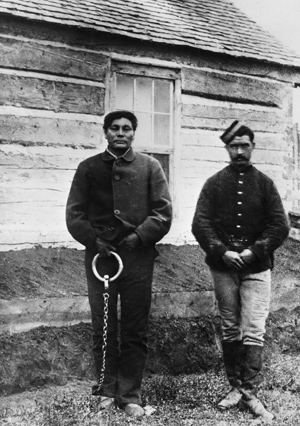Influence of Diseases in Specific Cultures
A Research Paper Presented to
Mr. Dustin Celestino of the English Resource Center
Asia Pacific College
Magallanes, Makati
In Partial Fulfillment
Of the Requirements for the Course
RESWRITE-Research Writing
Angela Ashley F. Villaluz
February 2013
Chapter 1
Introduction
A.
Background of the Study
The term “disease” is broad and rather difficult to place in
a specific sort of definition; the very well-known definition is tedious to
place in a single sentence. The subject has a variety of terms, categories,
sub-categories, etc., that may seem limitless, and differs in each cultures.
For the latter, it is called “culture-bound syndrome” or “culture-specific diseases”.
Culture-bound syndrome is defined as a disease recognized
only in specific cultures or societies. To be more specific, it is a collection
of symptoms and signs which are only defined as a disease only to those of the
specific culture. But coming across different articles, the main definition
still varies and has no solid form whatsoever. Psychiatrists have called these
“exotic psychotic syndrome”, and it was once believed to be prevalent in only
in Eastern culture, until Western society has found out of its own prevalent
culture-bound syndrome.
(http://www.stayfreemagazine.org/archives/21/mental_illness.html)
As stated by the
article by Carrie McLaren and Alexanra Ringe above, a known possible example
would be anorexia and bulimia nervosa, of which are influenced by Western
society’s fixed definition of beauty, represented by tall skinny women that are
seen in television and magazines. Anorexia nervosa is under Eating disorders,
with its well-known symptoms and signs are “[the patient] refuses to maintain
body weight at or above 85% of normal weight for age and height” and “intense
fear of gaining weight or becoming fat, despite being underweight.
(http://socialcosmos.library.uu.nl/index.php/sc/article/viewFile/36/32)
The researcher observes that in each culture, there is a varying degree of how the populace acts towards certain illnesses. An example would be the Kuru, or Laughing Disease which was prevalent long ago in Papua, New Guinea. Though many experts have tried to uncover the truth behind the disease, the people of the Fore tribe concludes that the disease is caused by contagious magic, and have been careful to dispose of anything personal (i.e, nails, hair, excretions, etc.)
(http://anthro.palomar.edu/medical/med_4.htm)
Culture-bound syndrome is said to be common among Eastern
society. Most, if not all, are merely ways to explain a few mysteries regarding
an unexplained phenomenon prevalent in their society. In the Philippines, there
is a unique sort of folk illness called pasma, an illness attributed to the
interaction of heat and coldness. It has its own signs, symptoms, perceived
causes and diagnosis known in Philippines folk medicine. Although it is not
entirely recognized by professional medical anthropologists, nor is it
discussed in medical institutions.
“Because the culture-bound syndromes are so varied, there
can be no single type of diagnostic or therapeutic approach.” – Dr. Ronald
Simons, “An Introduction to Culture-Bound Syndromes”
Rather than focus solely on the broad categories of diseases,
this paper focuses specifically on diseases which affects various cultures and
society.
B.
Statement of the Problem
This study aims to answer this question:
I. In what way do diseases affect specific societies and cultures?
C.
Significance of the Study
Students who are taking a course in the medical
field. This research will help specify the factors which partake in developing
specific folk illnesses, its history, as
well as help define its effects on the populace that are a part of the culture.
Future Researchers. This research aims to help
those who wish to further explore the topic, as well as give them a thorough
report on specific folk illnesses and its remaining influence in today’s modern
society.
D.
Scopes and Delimitations
This research aims to explore the aspects that
affect society wherein it develops into a culture-bound syndrome or a folk
illness.
Due to time constraints, the researcher aims to
focus on diseases and its influence. Certain aspects such as its connection to
other cultures and how to categorize one sort of disease as a folk illness will
not be fully explored, although it shall be brushed upon in specific articles.
Resources of the research will focus on
professionals and their studies on the subject, as well as their opinions and
viewpoint upon the matter.
E.
Materials and Methods
The research will follow a descriptive method,
wherein the researcher’s aim to explore the factors and effects of
culture-bound syndromes. It will state several ideas and information as to how
one disease is only prevalent in specific areas, and how it influences the
populace not only physically, but psychologically.
Information will be gathered from credible
sources and articles found in the internet, as well as from books and specific
individuals with knowledge on the subject.
F.
Definition of Terms
Medical anthropologists. Those who are involved in the
study of human health, disease and healthcare systems.
Folk illness. Another term for culture-specific
syndrome.
"The folk diagnosis of caida de moilera is not based solely on the presence or absence of a depressed fontanelle. The infant must also exhibit a set of accompanying symptoms which include




